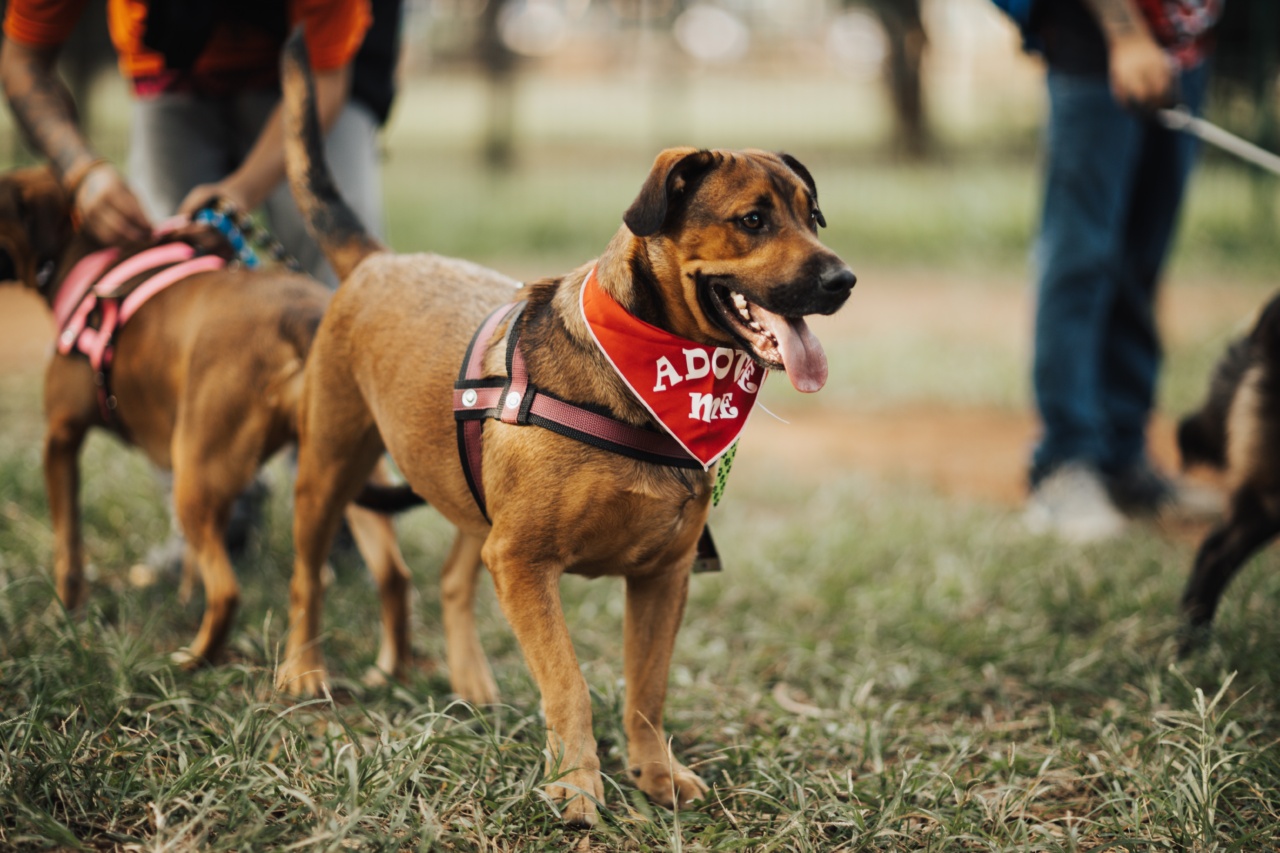Dogs are social animals that have a hierarchical, pack-based social structure. This means that they have a natural tendency to establish a social order within their group, which also reflects in their interactions with humans.
Dominant behavior is a common behavioral issue that many dogs exhibit, and it can lead to a variety of problems, such as aggression, territorial behavior, and disobedience. In this article, we will discuss what dominant behavior in dogs is, its causes, and ways to address it.
What is Dominant Behavior in Dogs?
Dominant behavior in dogs is an expression of a dog’s natural instinct to establish a social hierarchy. Dogs often use body language and other subtle signals to communicate their rank in the pack.
Dominance behavior is characterized by a dog’s attempt to control or manipulate a situation to its advantage.
Some common dominant behaviors that dogs exhibit include growling, snarling, barking, jumping, chest bumping, and mounting.
These behaviors can be directed towards people, other dogs, or objects that the dog perceives as a threat or challenge to its authority. While some level of dominance is normal and natural for dogs, excessive or aggressive behavior can cause significant problems for dog owners.
Causes of Dominant Behavior in Dogs
Dominant behavior in dogs can have several underlying causes. Some of the most common reasons why a dog may exhibit dominant behavior include:.
- Lack of proper training and socialization
- Genetic disposition
- Lack of exercise and mental stimulation
- Medical issues or discomfort
- Changes in the environment
How to Address Dominant Behavior in Dogs
If your dog is exhibiting dominant behavior, it is crucial to address the issue before it gets out of control. Here are some ways to deal with dominant behavior in dogs:.
1. Proper Training and Socialization
Proper training and socialization are essential for all dogs, but they are particularly important for those exhibiting dominant behavior. By establishing yourself as the leader, you can help your dog understand its place in the hierarchy.
Training and socialization should begin early, ideally when the dog is a puppy, but it is never too late to start.
2. Exercise and Mental Stimulation
Dogs need plenty of exercise and mental stimulation to stay healthy and happy. Adequate exercise and mental stimulation can go a long way towards reducing dominant behavior.
Take your dog for daily walks or runs and try to engage them in activities like puzzle-solving games, trick training, and obedience training.
3. Positive Reinforcement
Positive reinforcement is an effective way to encourage good behavior in dogs. Reward your dog for good behavior with treats, praise, and attention.
Use treats and toys as positive reinforcement to redirect their attention from dominant behavior to desirable ones.
4. Consistency and Rules
Consistency and rules are essential when it comes to dealing with dominant behavior. Establish rules and boundaries, and be consistent in enforcing them.
Consistency helps dogs know what to expect and creates a sense of stability and predictability, which can reduce anxiety and stress.
5. Seek Professional Help
If your dog’s dominant behavior is severe or persistent, it may be time to seek professional help.
A certified dog trainer or animal behaviorist can provide you with the necessary guidance and support to address the issue and help your dog overcome its dominant behavior.
Conclusion
Dominant behavior is a common issue that many dogs exhibit, and it can lead to a variety of problems. Understanding the underlying causes and implementing appropriate training and socialization can help address the issue.
Positive reinforcement, consistency, and seeking professional help when necessary can also be effective in addressing dominant behavior in dogs.




























